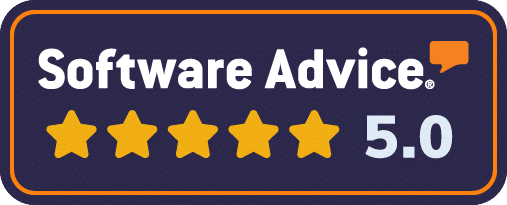Conducting a Corporate Assessment
To improve your company’s performance, a precise understanding of its functional aspects is essential. You’ve got to know what’s working and what isn’t. A common corporate assessment tool, the SWOT Analysis, can assist in this. First, we start with an assessment on the external environment in which your company exists. Then we look at the internal strengths and weaknesses. This is the basis of conducting an effective corporate assessment.
Identifying Threats and Opportunities
The first part of a thorough corporate assessment includes the identification of threats and opportunities. Threats are external factors that have the potential to negatively impact your organization’s productivity or structure. These could include regulatory changes, competition, new patents on similar items you sell, or unfavorable economic trends impacting your customer base. Conversely, opportunities are favorable situations that can significantly enhance your organization’s growth, such as positive economic trends, introduction of relevant new products or services, or the utilization of a new marketing strategy to improve visibility.
Evaluating Strengths and Weaknesses
The second major area of a corporate assessment is evaluating your companies strengths and weaknesses. Strengths are the areas where your organization excels, whereas weaknesses denote the aspects that need improvement. Considering these in light of identified threats and opportunities can yield actionable insights. For example, perhaps your organization possesses strong financial resources that can be deployed to develop superior products in response to competition. Additionally, examining the weaknesses that could hinder threat mitigation helps preempt potential organizational damage. Once these weaknesses are pinpointed, a clear path can be drawn to reduce the threat’s impact or even convert it into an opportunity.
Finally, a thorough corporate assessment should also consider strengths and weaknesses in the context of opportunities. Understanding your strengths allows you to harness opportunities more effectively and prepare you to take advantage of those opportunities.


